My whirlwind four-day tour of Hawaii’s Big Island regrettably had to come to an end, but before my flight boarded at Kona Airport, time allowed for an unexpectedly compelling stop: NELHA. Guy Toyama from the Friends of NELHA (FON) led me on a tour of The Natural Energy Laboratory of Hawaii Authority, a facility where they pump cool sea water from 2000 feet under the water’s surface in order to use ocean water for aquaculture and terrestrial based growing.
According to Toyama, the 1973 OPEC oil embargo crippled Hawaii, since the island chain relies on imported petroleum for energy needs. Visionary Hawaii Governor John Burns became dedicated to Ocean Thermal Energy Conversion (OTEC), with John Craven leading the efforts. Craven had a holistic view of what you could do with sea water, which included producing fresh water, cooling buildings and growing seafood. Every tenant in NELHA’s 870-acre park has to use seawater.
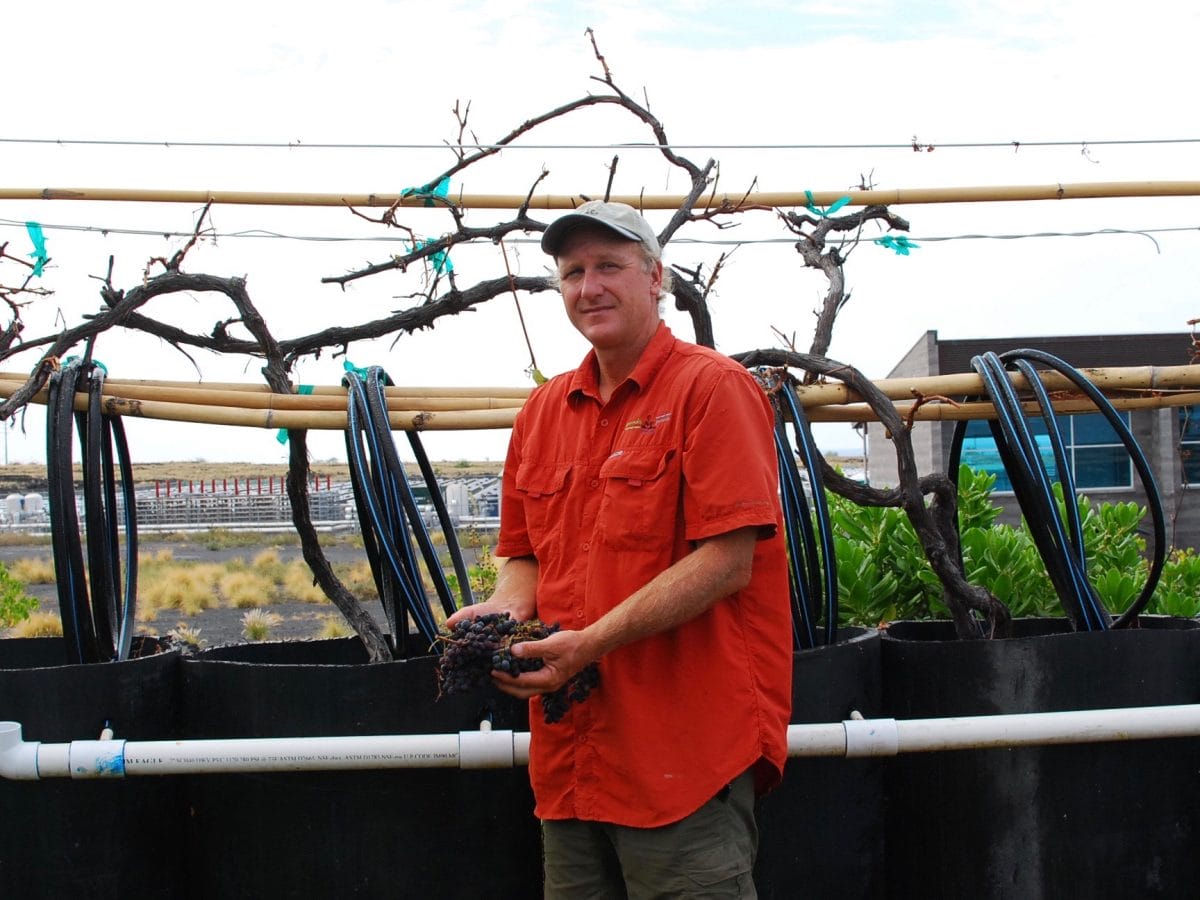
The first person we met was Rich Bailey, who has a biology background, worked for Dr. Craven at NELHA in R&D from 2000 – 2005, and patented DewPoint Systems. Bailey is able to regulate sea water temperature in pipes to be right at dew point. That produces condensation, aka irrigation. As he said, he’s “fooling [roots] into thinking it’s spring every time the pipes are turned on.” NELHA provided him with five acres to test crops, primarily grapes, beginning with the Old World Isabella varietal. He said this system allows him to have three crops per year and match a normal 15-acre orchard output.
Bailey said Cape Verde, Brazil, Taiwan and any coastal area 23.5 degrees north or south of the equator – with a trench that has deep sea water – are conducive to this type of system. You just need to be able to tap into water colder than dew point, even in an arid desert area that only gets 6 inches of rain per year, like NELHA. Bailey said Cornell and Toronto also have deep water cooling districts for A.C., not agriculture. They don’t grow anything, but it does create 80% energy cost reduction.
Stephanie Keily from Cyanotech and Neutrex Hawaii was the next person to join the NELHA parade. The brand she works for produces neutroceuticals (natural vitamins and minerals) like spirulina (a “super food” that delivers five servings of vegetables) and astaxanthin, an antioxidant, anti-inflammatory and carotenoid that captures the red pigment color in nature. Keily said astaxanthin is “why salmon are red and flamingos are pink.” Sea water adds trace minerals, “essential nutrients,” but astaxanthin tastes like algae, so it comes in powder or tablets, mixable with fruits or juices. They previously produced flakes, which people used like furikake, but that product generated their lowest margin and demand, so it’s discontinued.
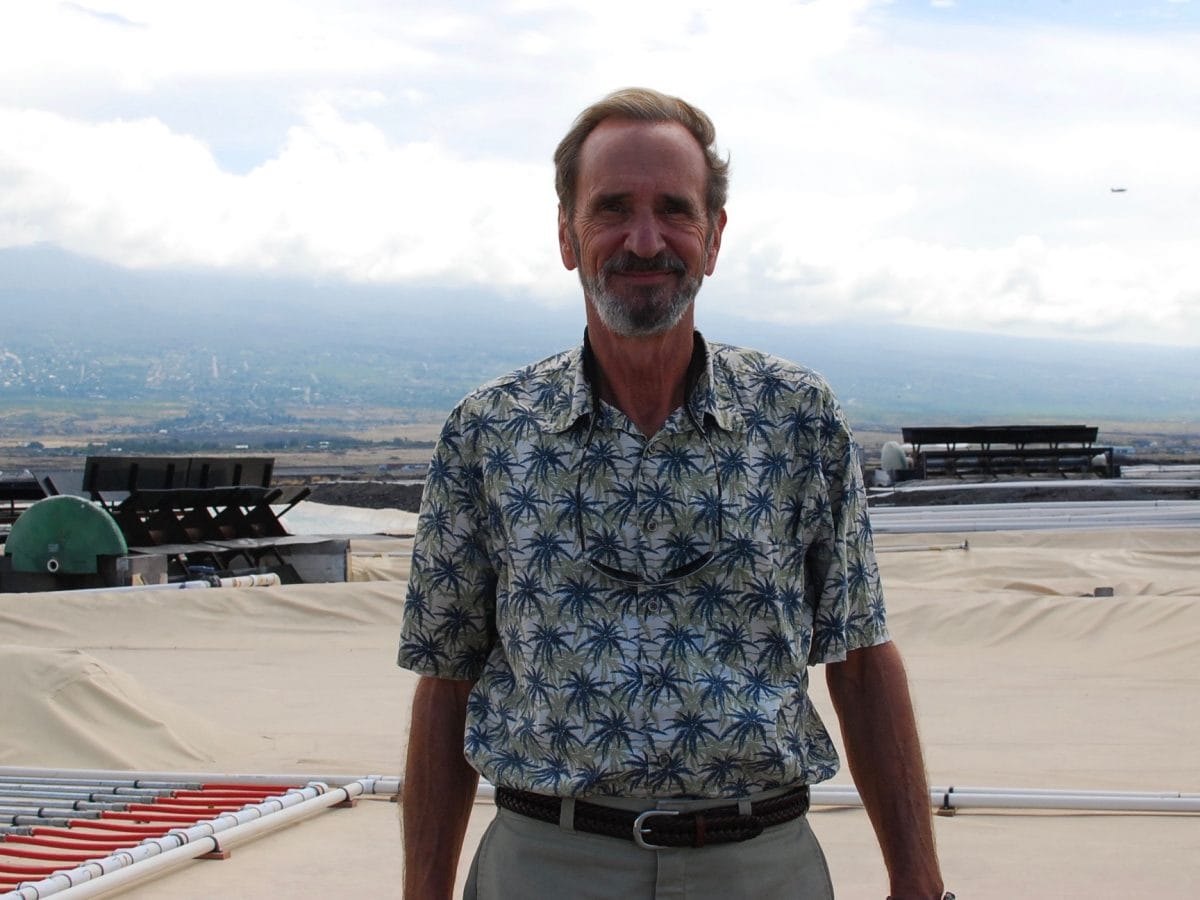
We continued west toward the Pacific Ocean and arrived at an office compound in order to meet Keily’s boss, Gerald Cysewski The Seattle native majored in chemical engineering at the University of Washington, earned a doctorate at UC Berkeley and taught chemical engineering at UC Santa Barbara before founding Cyanotech in 1984. He started with 5 acres, and now the operation encompasses 90 acres at NELHA and requires 75 employees. He decided on micro algae, specifically, spirulina, a super food with 60% protein value that apparently protects the liver and kidney from toxins and yields a pigment called phycococyanin. Cysewski realized he could produce a superior product under more controlled conditions. NELHA gets “more sunlight than any other location in the United States,” and deep sea water adds latent nutrients.
Cysewski developed a patented “ocean chilled drying” process that requires only six seconds at low temperature, under low oxygen atmosphere, to retain spirulina’s nutrients in the form of a fine, dark green powder. Cyanotech has a room with stainless steel tubs, which hold a ton of material apiece.
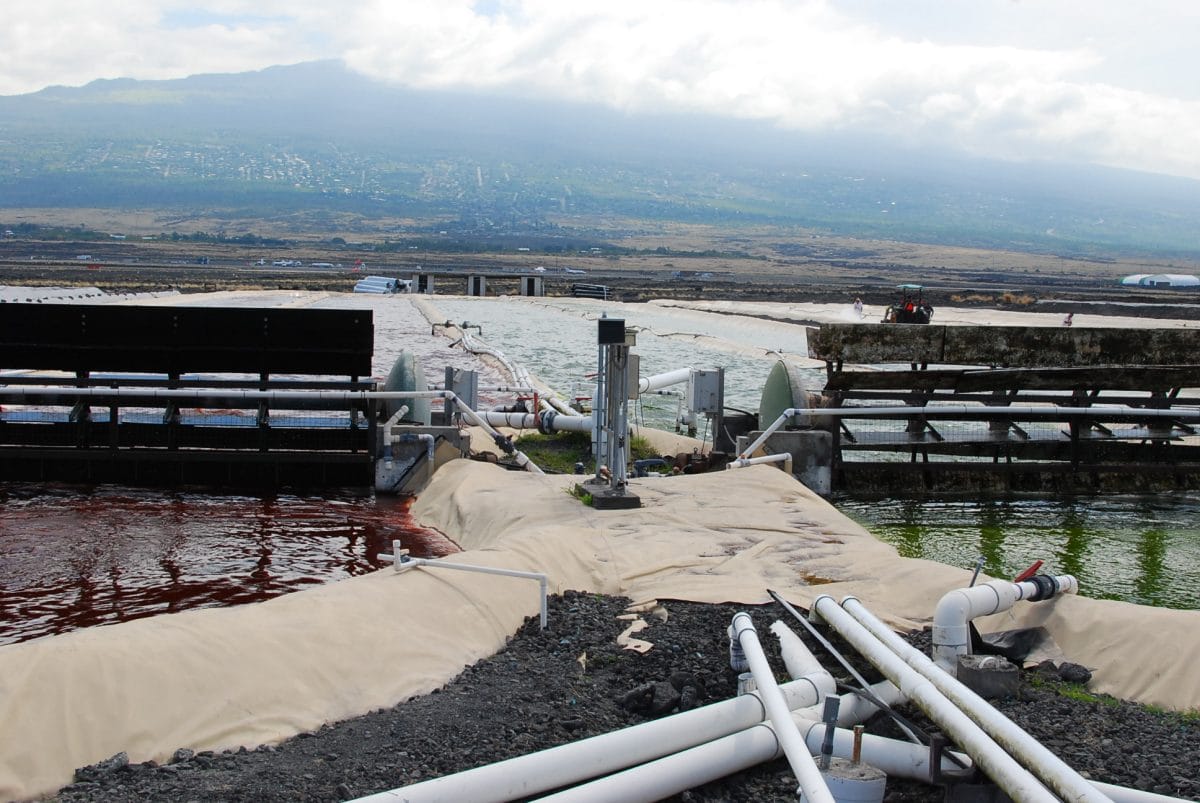
Cysewski led me to the 69 outdoor astaxanthin ponds, 600 x 50 feet each. A pond contains 140,000 gallons of liquid and gets harvested every seven days, at which point staffers re-add nutrients and inject sea water to account for removed algae. Running Cyanotech is not cheap. Each pond required an initial investment of $8000 in yeast to kickstart spirulina production, but from that point forward, algae eats CO2, plus nitrogen, phosphate, magnesium and iron.

Toyama drove me to Big Island Abalone. Hiroshi Arai formed the company in 1997 and opened the site in May 2000. Ezo – a northern Japanese Abalone prized by sushi chefs – thrives at NELHA, even though it needs 50-degree water, which wouldn’t otherwise exist in Hawaii. They eat red algae that comes from Denmark, and get shipped live, which is no big deal, since Big Island Abalone resides directly next to Kona Airport.
Big Island Abalone produces 50 tons per year, but Arai is looking to expand to 150 tons, making that the largest production in the world outside China. Outside the offices, they have a field of nourishment beds covered with shade cloth. They keep brood stock – mother and father abalone – in a cool, temperature controlled shack. Abalone spawn in a dark room at an upraised temperature. Babies eat phytoplankton and switch to adult food. This is sustainable because food grows on site with help from deep sea water. Abalone take a couple years to harvest.
It was interesting to learn that the brood stock came from Japan’s Iwate prefecture. The tsunami destroyed the abalone population. Now there’s no more brood stock in Japan, but Big Island Abalone will help farms rebuild.
The NELHA grounds also house Sopogy, a multi application, cooling, heating and power company from Dean Towle, a home brewers that plans to ferment beer using solar energy. Koyo Water uses reverse osmosis and bottles desalinated sea water for the Japanese market. A system of blue buildings supply certified pathogen free brood stock shrimp, grown to fuel farmers world wide. King Ocean Farm raises halibut. There’s also Ocean Rider Seahorse Farm, for ornamentals.
Cysewski believes it’s important to help wean islands off imported food and fuel, saying that fuel and fertilizers are so expensive it limits Hawaiian agriculture. He also praised the diversity of products, saying, “The things you find here, you will never find anywhere else in the world, but it could be duplicated.”

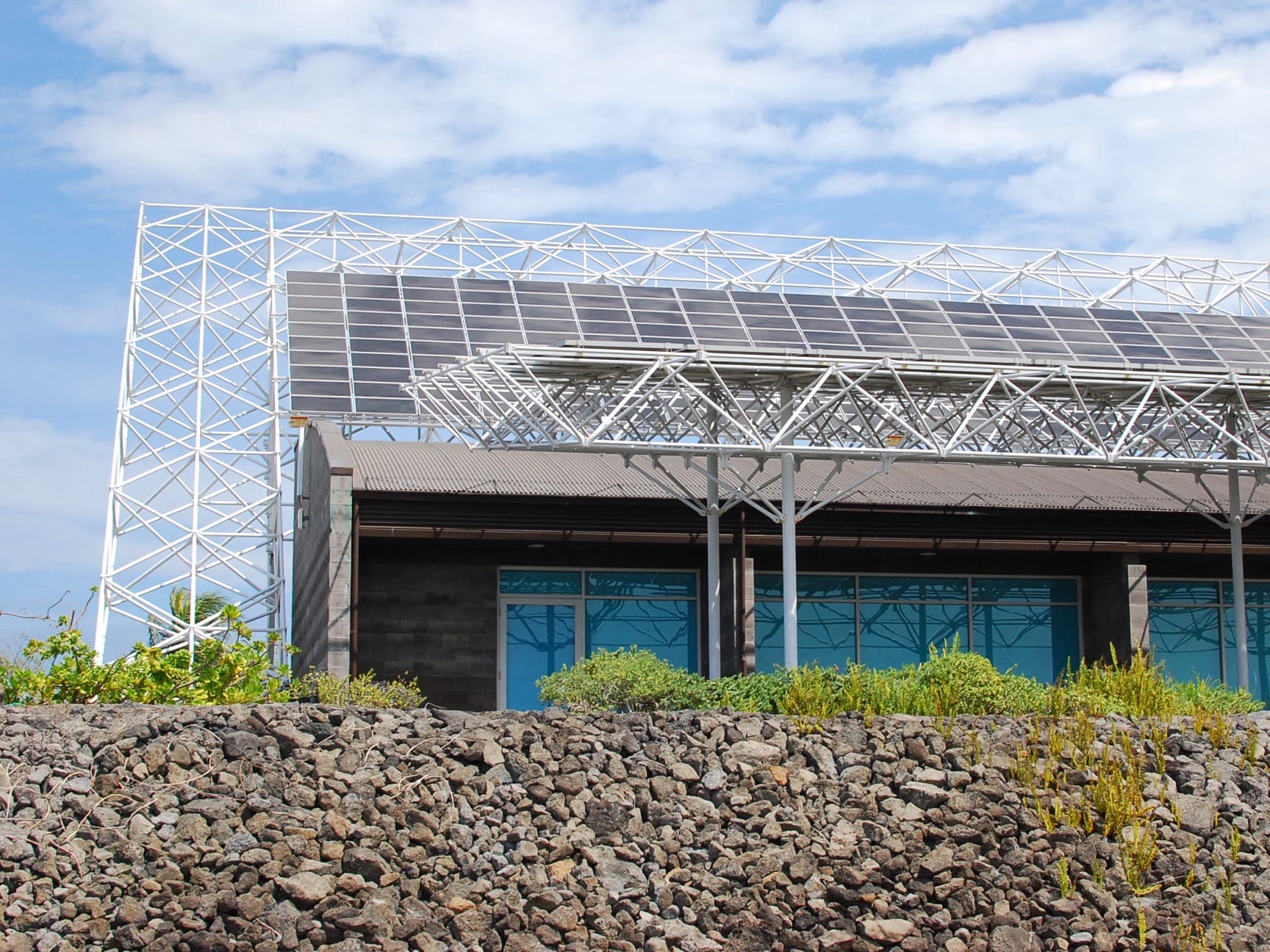
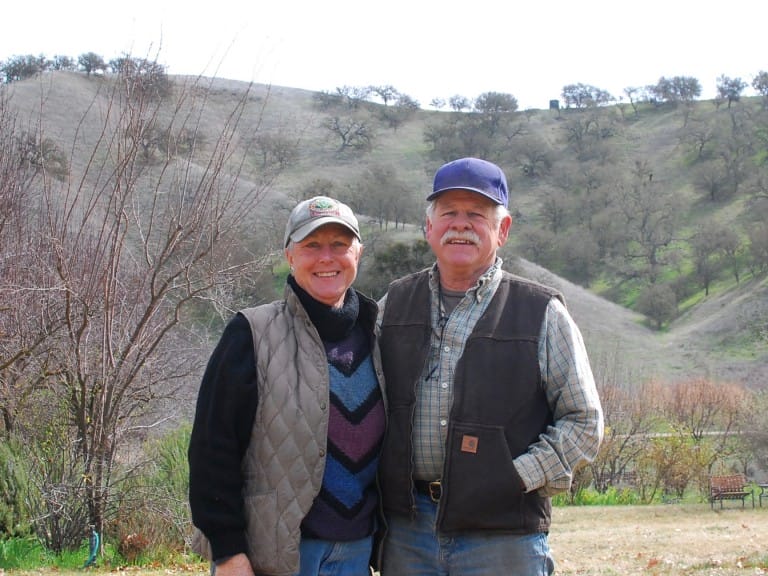
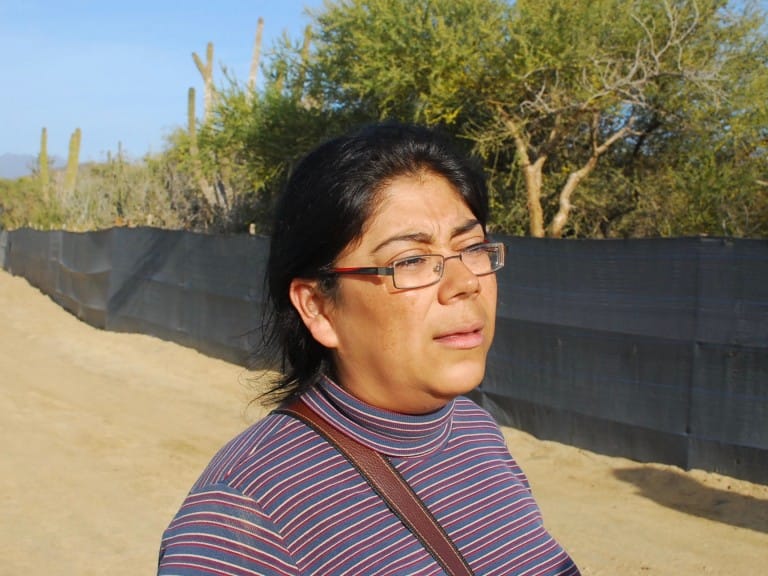
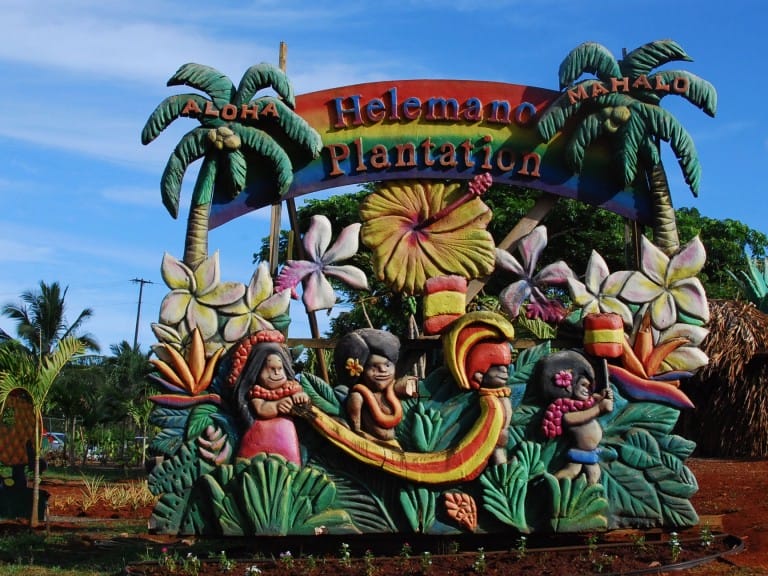




Leave a Comment